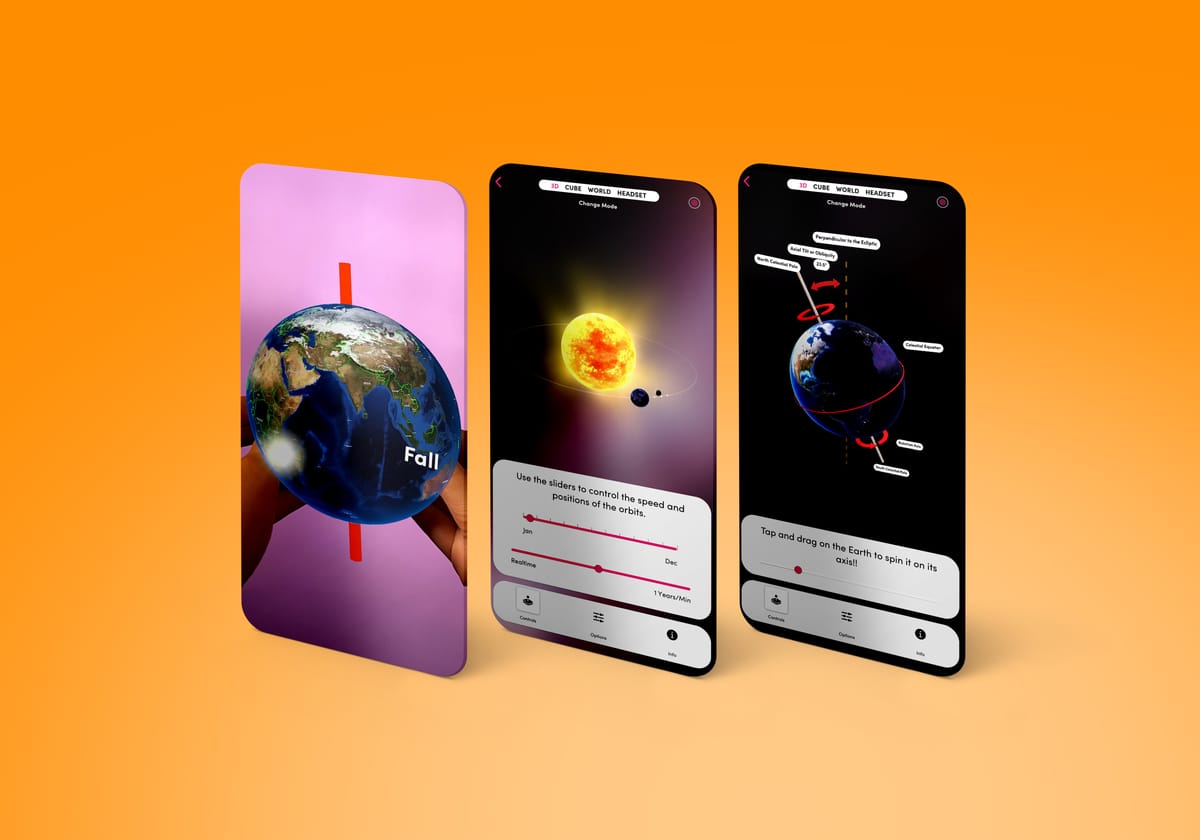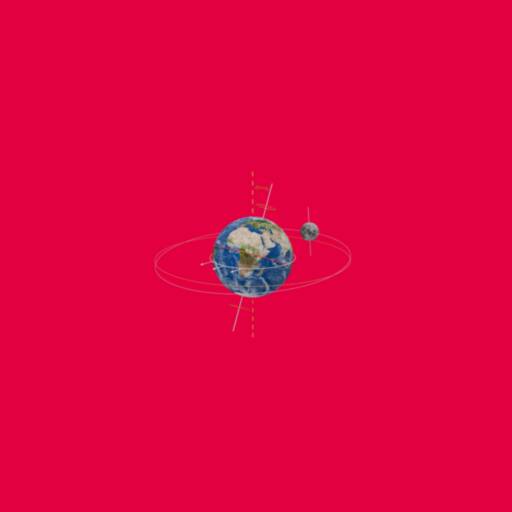The Summer Solstice: Earth’s Tilt and Seasons with Merge EDU
With Merge EDU, you’re not just talking about sunlight—you’re giving your students a hands-on way to experience the science of seasons.

June 20 – Summer Solstice
The summer solstice marks the longest day of the year and the official start of summer in the Northern Hemisphere. But beyond the sunshine, it’s also the perfect opportunity to dive into some powerful Earth and space science lessons—made even more engaging through hands-on augmented reality.
☀️ Why Does the Solstice Happen?
On June 20, 21 or 22nd each year, the Earth’s North Pole is tilted closest to the sun. That tilt, combined with Earth’s orbit, gives us the most daylight hours of the year in the Northern Hemisphere—and the shortest day in the Southern Hemisphere.
It’s an abstract concept—but with Merge EDU, students can see it happen in the palm of their hands.
Students can even compare summer in one hemisphere with winter in the other, helping them build a global perspective on seasonal science.
Using the Merge Explorer app, students can learn about Earth’s axial tilt, rotation and revolution and the sun and seasons.

🌎 Using Activity Plans to Extend the Learning
Merge EDU makes it easy to integrate these science simulations into your daily lessons with pre-written Activity Plans. These activity plans are fully editable, and include guiding questions, vocabulary, assessment options, and extension ideas. You can find the activity plans that correspond to the rotation of the Earth and its axial tilt here: https://dashboard.mergeedu.com/science/activity-plans/c/c29
Try other activities related to the seasons found in Merge EDU:


With Merge EDU, you’re not just talking about sunlight—you’re giving your students a hands-on way to experience the science of seasons.
👉 Ready to experience it today? Sign up for a free trial at TryMerge.com, and print a Merge Paper Cube at MergeCube.com/paper.







